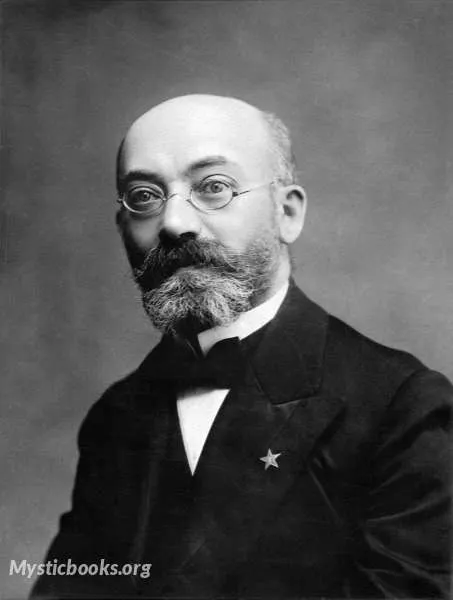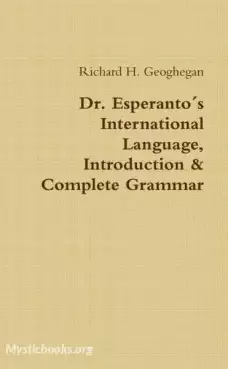
Timeline
Title
Country/Nationality
L.L. Zamenhof
- L. Zamenhof was an ophthalmologist who lived for most of his life in Warsaw. He is best known as the creator of Esperanto, the most widely used constructed international auxiliary language.
Zamenhof was born on 15 December 1859, the son of Mark Zamenhof and Rozalia Zamenhof (née Sofer), in the multi-ethnic city of Belostok in the Russian Empire (now Białystok in Poland). At that time the city was in the Grodno Governorate of the Russian Empire as a result of the 1807 Treaties of Tilsit. His parents were of Litvak Jewish descent. This group inhabited the former Grand Duchy of Lithuania. He appears to have been natively bilingual in Yiddish and Russian. His father was a teacher of German and French. From him, Zamenhof learned German, French and Hebrew. He also spoke some major languages of Białystok: Polish, Yiddish, Belarusian, and German. Polish became the native language of his children in Warsaw. In school he studied the classical languages Latin, Greek, Hebrew, and Aramaic. He later learned some English, though in his own words not very well. He had an interest in Lithuanian and Italian and learned Volapük when it came out in 1880. By that point his international language project was already well developed.
In addition to the Yiddish-speaking Jewish majority, the population of Białystok included Roman Catholic Poles and Eastern Orthodox Russians (mainly government officials), with smaller groups of Belarusians, Germans and other ethnic groups. Zamenhof was saddened and frustrated by the many quarrels among these groups. He supposed that the main reason for the hate and prejudice lay in the mutual misunderstanding caused by the lack of a common language. If such a language existed, Zamenhof postulated, it could play the role of a neutral communication tool between people of different ethnic and linguistic backgrounds.
As a student at secondary school in Warsaw, Zamenhof attempted to create an international language with a grammar that was rich, but complex. When he later studied English, he decided that the international language must have a simpler grammar.
By 1878, his project Lingwe uniwersala was finished. However, Zamenhof was too young then to publish his work. Soon after graduation he began to study medicine, first in Moscow, and later in Warsaw. In 1885, Zamenhof graduated from university and began his practice as a doctor in Veisiejai. After 1886 he worked as an ophthalmologist in Płock and Vienna. While healing people there, he continued to work on his project of an international language.
In 1882 a wave of pogroms within the Russian Empire, including Congress Poland, motivated Zamenhof to take part in the early Zionist movement, the Hibbat Zion. He left the movement in 1887, and in 1901 published a statement in Russian with the title Hillelism, in which he argued that the Zionist project could not solve the problems of the Jewish people.
In 1914 he declined an invitation to join a new organization of Jewish Esperantists, the TEHA. In his letter to the organizers, he said, "I am profoundly convinced that every nationalism offers humanity only the greatest unhappiness ... It is true that the nationalism of oppressed peoples – as a natural self-defensive reaction – is much more excusable than the nationalism of peoples who oppress; but, if the nationalism of the strong is ignoble, the nationalism of the weak is imprudent; both give birth to and support each other ..." The Hebrew Bible is among the many works that Zamenhof translated into Esperanto.
Zamenhof died in Warsaw on 14 April 1917 possibly of a heart attack, and was buried at the Okopowa Street Jewish Cemetery. The farewell speech was delivered by the chief rabbi and preacher of the Great Synagogue in Warsaw, Samuel Abraham Poznański, who said: "There will be a time where the Polish soil and nation will understand what fame gave this great son of God to his homeland."
Books by L.L. Zamenhof

Dr. Esperanto’s International Language, Introduction and Complete Grammar
In July 1887, Esperanto made its debut as a 40-page pamphlet from Warsaw, published in Russian, Polish, French and German: all written by a Polish eye-doctor under the pen-name of Dr. Esperanto (“one who hopes”). Ludovic Lazarus Zamenhof (1859-1917)...